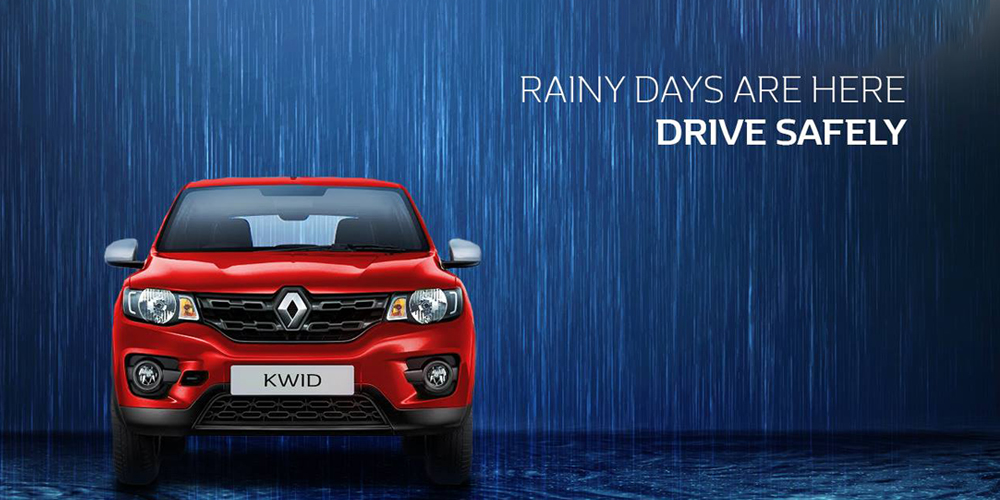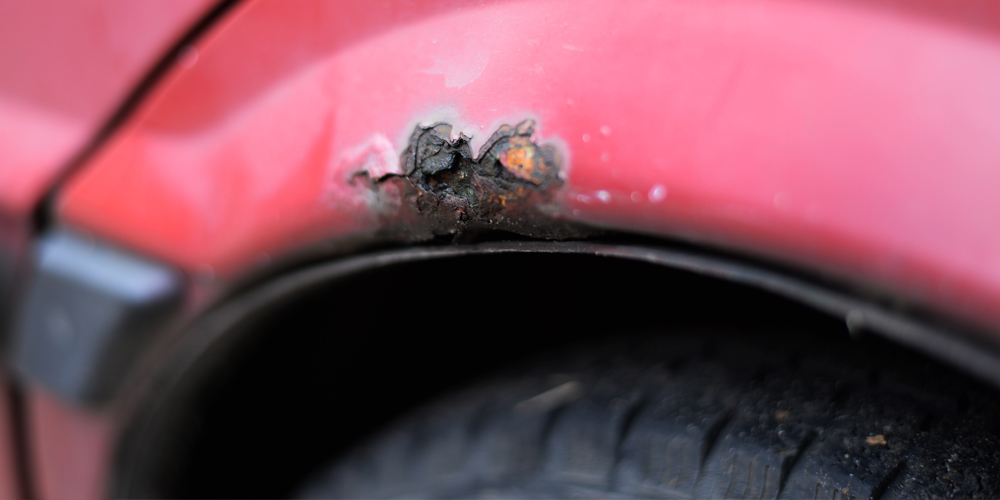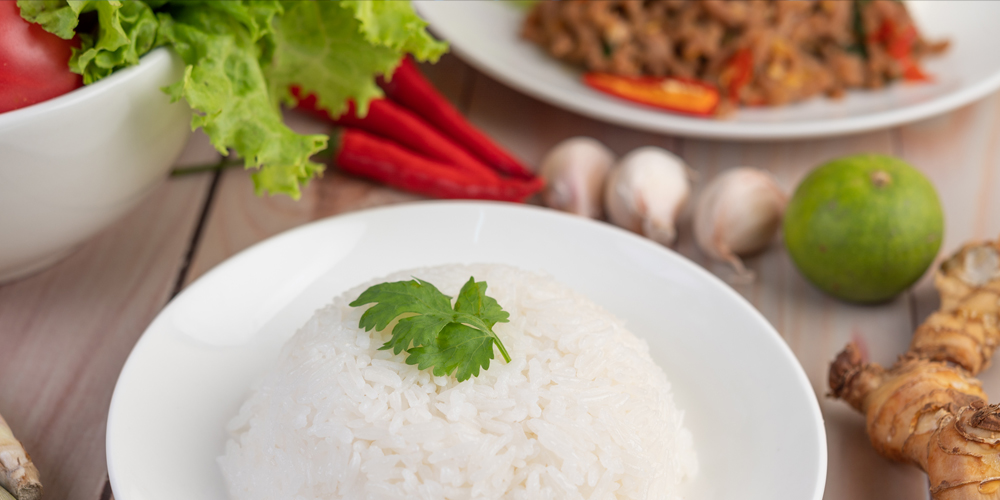Leading automobile dealership in Nigeria, Coscharis Motors Plc, a subsidiary of Coscharis Group and the exclusive franchisee of the Ford brand in Nigeria excited automobile enthusiasts and customers at the recently held 2023 Lagos Motor Fair and Autoparts Expo, which took place at the Federal Palace Hotel, Lagos. Coscharis’s participation at this edition of the auto fair similar to the past editions was in a bid to ensure that the Ford showroom is brought closer to customers and enthusiasts, thereby availing them the opportunity to interact with the latest Ford products in the market.
Speaking at the fair ground, Abiona Babarinde, General Manager, Marketing & Corporate Communications, Coscharis Group said, “We are excited to showcase these variants of our Ford brand at this year’s Motor Fair to the delight of everyone that visited our stand; most especially the Ranger 4×2 single cabin, assembled here in Nigeria at our ultra-modern auto assembly plant in Awoyaya, Lagos. Also on display here at the fair ground are the iconic Ford Explorer, Ford Edge and the recently introduced Ford Bronco respectively with guaranteed warranties that comes with the purchase of any of these variants to the delight of numerous visitors to our stand. Part of the take away during the fair was the finance scheme package in collaboration with some of our reputable financial institutions including one of our sister companies (Coscharis Mobility) together with a robust insurance cover by our insurance partners (Tangerine and AIICO insurance) firms respectively. You will agree with us that all these delivers a comprehensive soft landing for both existing customers and prospects alike to keep enjoying their favourite Ford vehicles they can now afford”.
“We also want to seize this opportunity to wet our customers’ appetite by informing them about the All-New Ford Territory, which is soon to debut officially in Nigeria. The all-new Ford Territory which is built for young, smart, and connected customers has a modern design and advanced technology features that deliver a highly exciting and progressive customer experience. Look out for it, it’s coming soon.”
BRONCO
Ford Bronco is a multi-terrain navigator powered by optional 2.3L Ecoboost or 2.7L Ecoboost engines. The Bronco was launched into the Nigerian market by Coscharis Motors at last year’s edition of the Motor Fair. It offers a Terrain Management System with G.O.A.T. Modes (Go Over Any Type of Terrain). These driving modes give you the ability to match performance to the terrain, weather, or whatever the roads and trails throw your way, at the simple turn of a dial.
EXPLORER
The name says it all: Explorer. And it does just that – empowering adventure-seekers and active families to pack up their gear, load up the gang, and head out. When the Explorer and Explorer Sport debuted 3 decades ago, these category-defining vehicles created a new way to travel. The current version of Explorer SUV offers a spacious interior with increased cargo space compared to the previous generation. With seating for 7, passengers in all 3 rows will benefit. The Explorer has generous1st- and 2nd-row hip room and 2nd-row head room, while 3rd-row passengers enjoy spacious head room. Should someone in the 2nd or 3rd row unbuckle their safety belt, the safety belt usage sensors will alert the driver through the instrument cluster productivity screen. And thanks to a dual-wall dashboard between the engine and passenger compartment, as well as acoustic glass for the windshield and 1st-row windows, everyone will enjoy the Explorer cabin.
EDGE
The Ford Edge, which is another vehicle on display at the motor fair is defined by modern sophistication. Athletic new front and rear styling reaches its ultimate expression – an exhilarating 250 horsepower of performance-enhanced pleasure. There are plenty of smart new features as well.
Starting with Ford Co-Pilot360, a suite of standard driver-assist technologies designed to help you confidently navigate your world. A smooth-shifting rotary gearshift dial that puts you in control of the 8-speed automatic transmission. A wireless charging pad that makes recharging your mobile phone hassle-free. And a B&O Sound System with 12 high-performance speakers. Now more than ever, it’s easy to keep your edge.
Go further
You can go further with the Ford Protect which offers a holistic suite of service, maintenance, warranty and roadside-assistance products aimed at keeping the vehicle in perfect working condition in addition to a 3-yr/100 000km Comprehensive Warranty.
About Us
Coscharis Motors Plc has the exclusive franchise for Ford brands in Nigeria with Ford dedicated sales showrooms, parts and service workshops in all the six geopolitical zones.
Felix Mahan
Brand Manager, Ford
Coscharis Group
+234 8023159925
Back to media page





